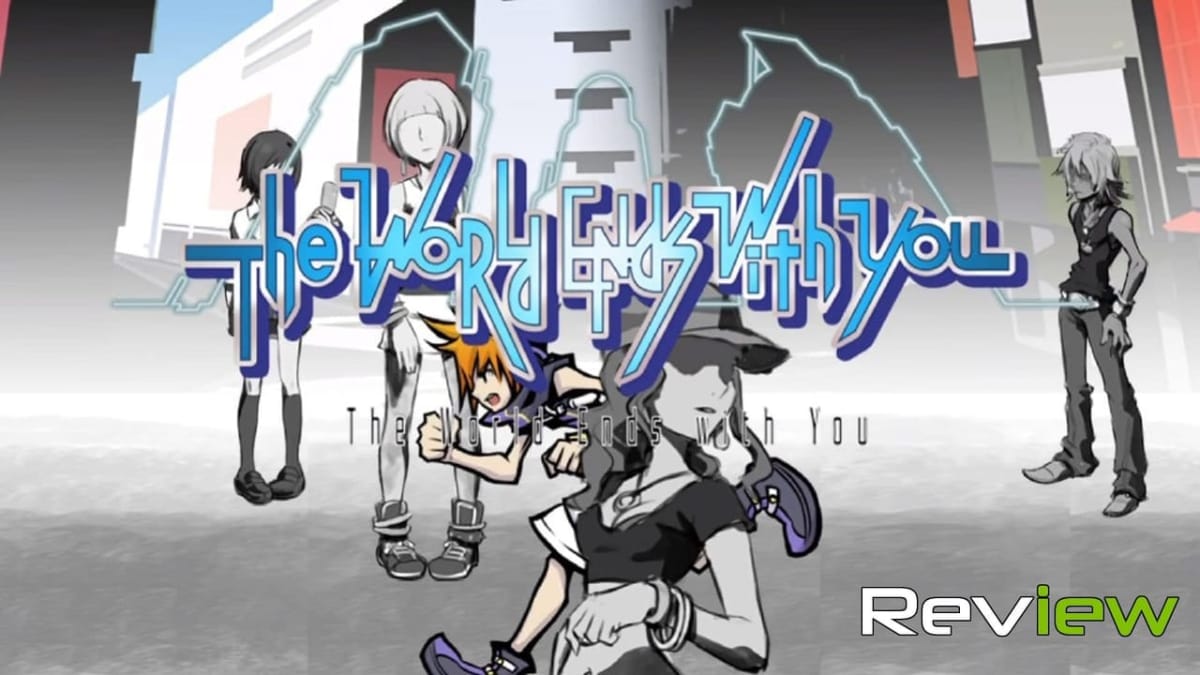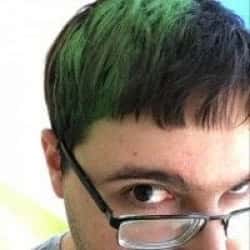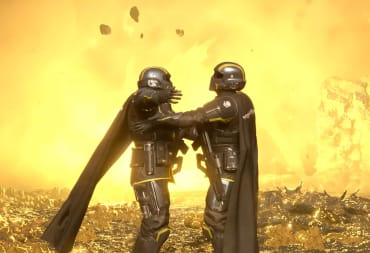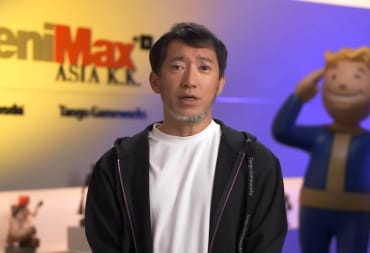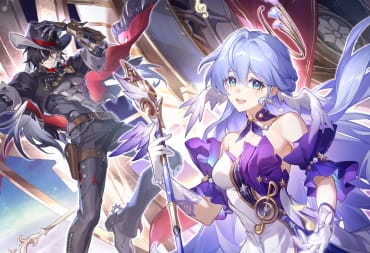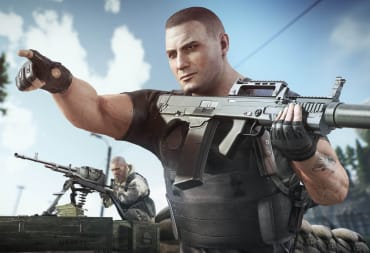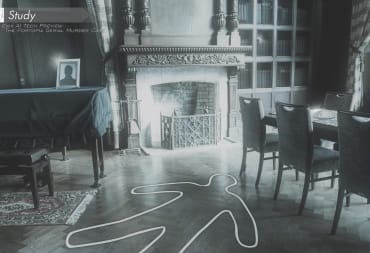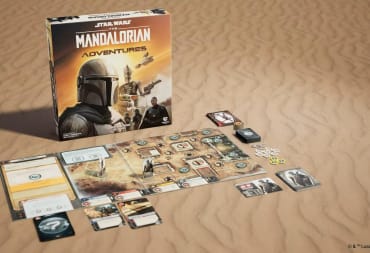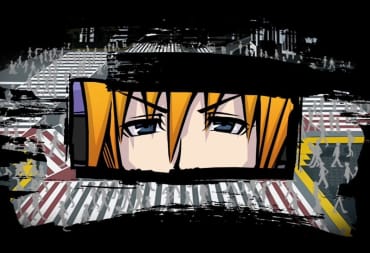I'll admit, I'm no longer a JRPG person. It's a genre I used to care about quite a bit, but I now find that I lack the patience to sit through turn-based combat and overly convoluted anime-esque plots. However, I love The World Ends With You. Its snappy and unique combat, simple yet interesting story, great characters, fantastic style, and kickass soundtrack sold me on it, and its one of the few JRPGs I still had a desire to play. When I heard of The World Ends With You: Final Remix I knew I had to jump at the chance for another run. Is this truly the final remix, or was the original better?
The game wastes no time getting to its central mystery. You play as Neku, an introverted boy who wakes up in the Shibuya shopping district with no memory of how he got there. He discovers very quickly that he's invisible to everyone. He's actually dead, trapped in a twisted game for the right to come back to life. Teaming up with other people trapped in the game, he learns how to open up to his partners and complete mysterious tasks as ordered by a race of demons known as Reapers.
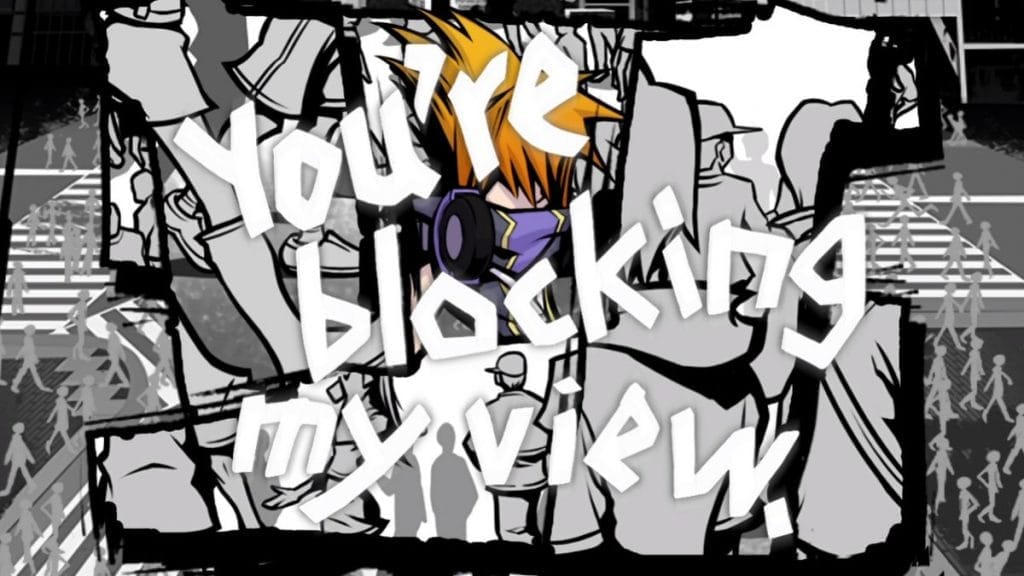
The plot is already interesting, but The World Ends With You really thrives with its character building. Each character feels like they learn and grow by the end of it. Neku's drama is relatable, and I could see parts of myself in him and his group of friends. The only exception to this really comes from the game's ending, which simply seems incomplete. The final cutscene includes a one week time skip that apparently has some very important events happen in it. However, the game never tells you what those events are unless you go out of your way to complete post-game challenges and collect hidden files. It's not really a great way to handle an ending.
Before anything else, you need to choose how you'll play the game. In handheld mode, you'll be using all touchscreen all the time. I was disappointed that I couldn't even just use the analog sticks to move, but I got used to the controls before long. They're serviceable, and it's likely how you'll want to play the game in the end. This is because the abominable TV controls simply don't work. The idea is that you play with a single joycon, using it as a pointer. The game keeps changing which button actually interacts (sometimes it's B, sometimes it's ZR), it very rarely actually did what I wanted it to do, and there was a problem where the cursor kept drifting slightly to the left. It is nearly unplayable.
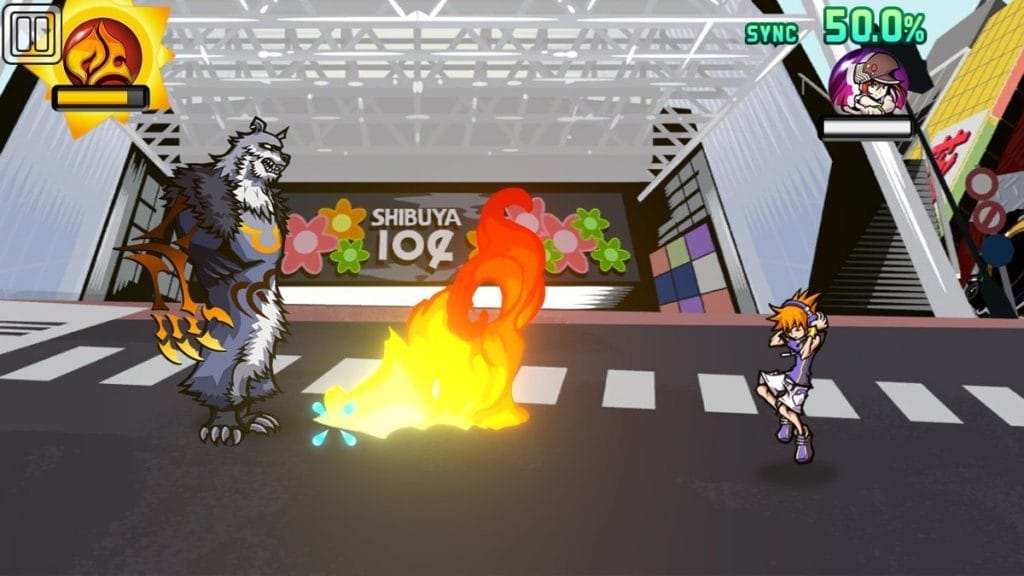
No matter your choice, you'll be left to wander the streets of Shibuya. Neku can equip himself with pins, and each of these pins gives him different abilities in combat. You'll use these pins by interacting with the touchscreen. One pin allows Neku to perform a melee attack when you slash your finger across an enemy. Another has you dragging your finger across empty spaces to create fire. A third sees you scratching the screen to create an earthquake. Each pin you find has a unique use, can be leveled up through consistent use, and some can even transform into new pins. There's nearly 300, so you're bound to find more than a few that you jive with.
Neku carries a special "player pin" with him that you can activate at any time. It allows him to read the minds of any nearby NPCs, a neat little touch to help get a little more involved in the world of Shibuya. More importantly, this allows Neku to see the Noise that populates the world. At any time you can choose to activate this pin and tap on the noise you want to fight, letting you choose when and where you participate in combat. The lack of random encounters is certainly welcome, and outside of a couple of tough bosses I never felt the need to grind.
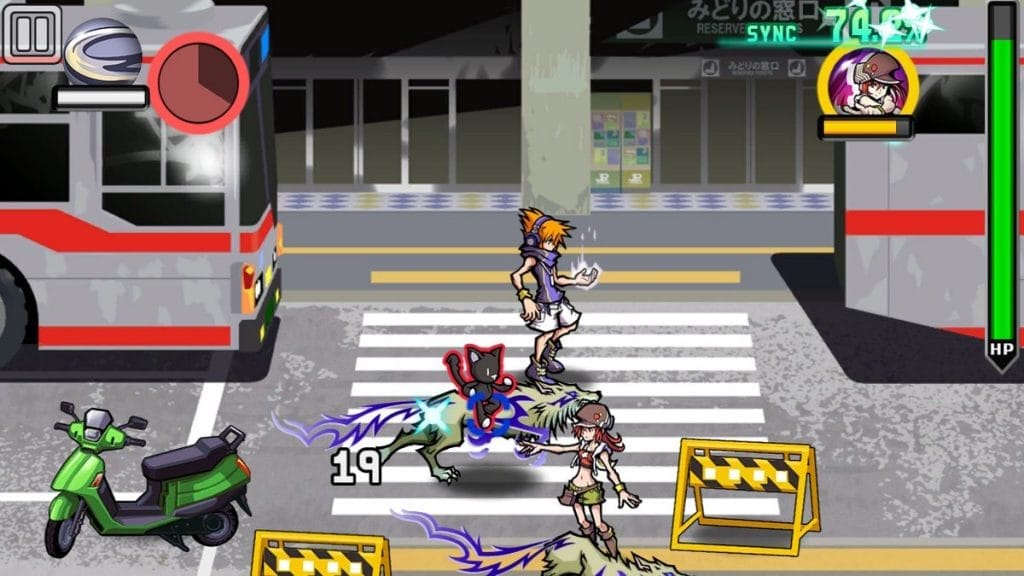
In combat, you'll be using the aforementioned pins to battle. Enemy design is creative, with Neku having to deal with things like wolves that rush back and forth, slow-moving bears that slam the ground, hedgehogs that launch pin missiles, and more. All of them have a unique half-biological half-graffiti aesthetic that really catches the eye. The bosses are equally unique, and fun to battle. I never found myself dreading combat, and at times I even stopped all progress just to have another fight or two.
At all times Neku is accompanied by a partner. In the original game, the partner fought on their own screen, but the Nintendo Switch only has one. Here the partner works more like an extra pin, with them joining the battle when you do things like tap on enemies. By alternating attacks between you and your partner, you can build up a sync meter that, when full, lets you unleash a special attack. Besides just dealing a ton of damage, these attacks are one of the few ways Neku has to consistently heal himself. Figuring out each partner's quirks and working with them is a fun experience that makes the game well worth playing.
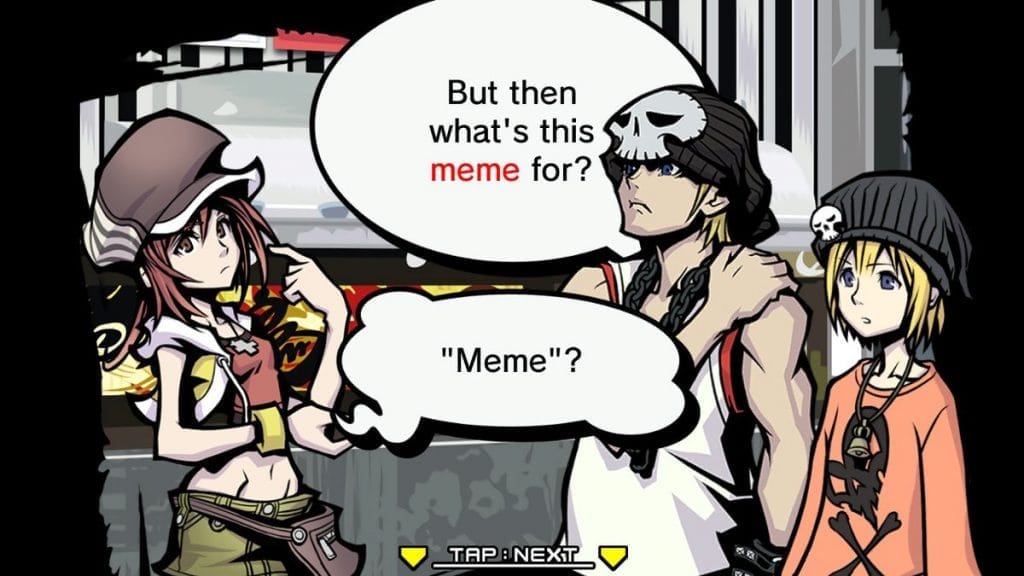
However, it's hard not to feel like something's lost with the new combat system. Take one of the early boss fights. In the original DS version, Neku had to fight a giant bat in the dark on the bottom screen. His partner Shiki had to keep smaller bats from blocking the lights on the top screen. In Final Remix, you instead have to attack the bat in the dark with Shiki, causing her to awkwardly transition to the top floor to clear the lights. There's no indication that this is how you fight the boss, and even appears to penalize you for attempting it. Something that worked naturally in the original version feels like it's ported over to a single screen with no care as to how it actually played out.
Like most JRPGs, there's a big minigame. In this case, it's Tin Pin Slammer. This minigame sees you flicking pins around a field to try and knock opponent's pins off. Each pin comes equipped with Whammies that allow them to use special abilities, such as swinging a hammer around or putting up a spiky force field. The idea is sound, but actually playing Tin Pin Slammer is rarely fun. I often found that I could use complicated tactics such as "sitting in one spot" and watch enemy pins throw themselves over the edges. By the end, I chose to ignore the minigame.
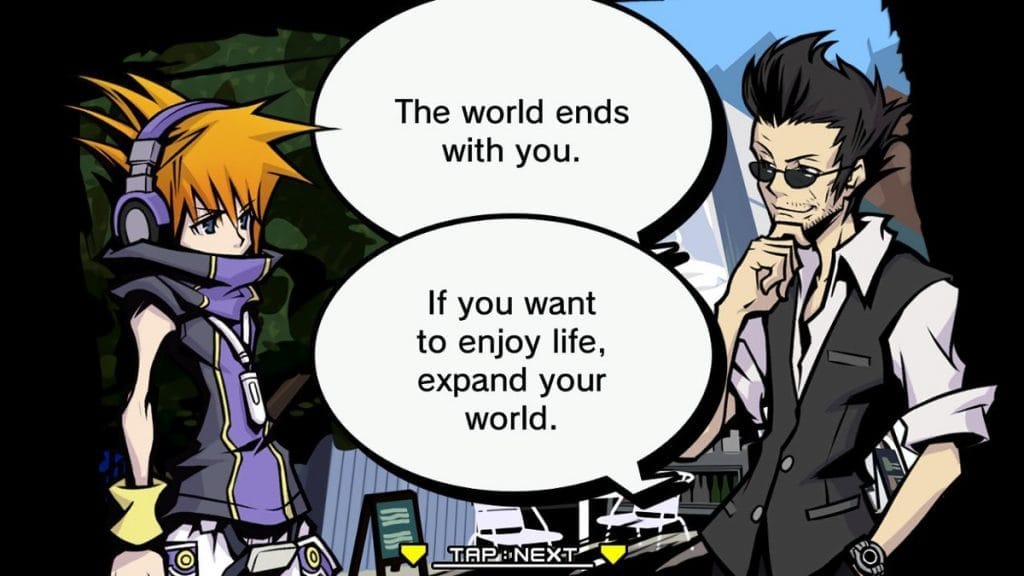
After you've spent 20 hours or so finishing up the story, you unlock a chapter select that allows you to skip around and replay your favorite bits. More importantly, it unlocks challenges for each chapter that you can complete. There's also a rather goofy non-canon bonus chapter called Another Day. This sees Neku turned into a Tin Pin Slammer obsessed freak that plays the game to fight his "emo urges". It's worth experiencing just for how silly it is.
The big draw for returning fans is A New Day, the new epilogue chapter. The first challenge is learning how to actually access this chapter. To do so, you need to finish the main campaign, and also defeat three new super tough bonus bosses inserted into the game. After that, you can check out the new chapter, featuring Neku and Beat entering into an all-new version of the Reaper's Game. There's some solid twists, interesting character development, and a hook for a sequel that I very much want to see. It'll add a few more worthy extra hours in total.
There's also a brand new co-op mode. The idea is sound, with the second player taking control of Neku's buddy and getting a small selection of attacks. In practice, it requires that you use the aforementioned terrible TV mode controls. As such, it's really difficult to actually recommend playing the game in co-op.
Back in 2007 I strongly felt that The World Ends With You had one of the best soundtracks in gaming. Over ten years later and this feeling has only gotten stronger. This Final Remix allows you to play with the original soundtrack or a remastered version. The remastered version doesn't really change the songs too much. Rather, it uses higher quality versions no longer held back by the DS' compression. Every one of the few retouched songs sees improvements over the originals. I hold that this is the best version of Twister out of the many times Square Enix has remade it.
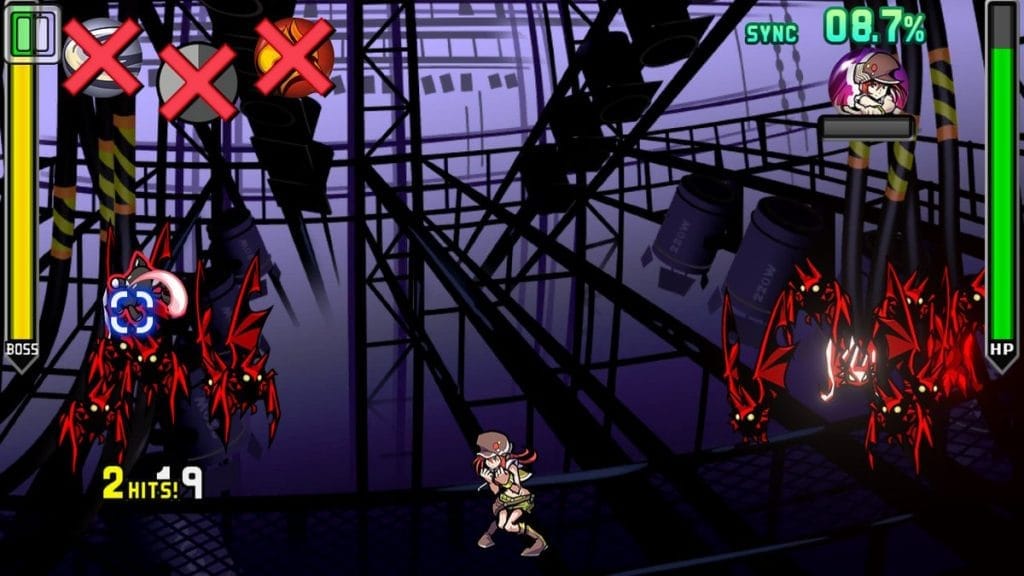
In the end, The World Ends With You: Final Remix isn't quite the remix I was hoping it'd be. It's hard to deny that The World Ends With You is still one of my favorite JRPGs. If this is the only way you have to experience it then you're likely to have a good time. However, if the option is available, the DS version really is the best one available. No matter the choice, you're still in for one fantastic JRPG.
TechRaptor reviewed The World Ends With You: Final Remix on Nintendo Switch using a copy provided by the publisher.
Review Summary
Ultimately, The World Ends With You: Final Remix is a so-so port of an excellent jRPG. If you've never played it before, there's still a great time to be had. However, if you have the choice, grab the original.
(Review Policy)Pros
- Extremely Interesting Story
- Fun Combat System
- New Content is Cool
- Amazing Soundtrack
Cons
- Horrible TV Controls
- Strange Porting Decisions
- Tin Pin Slammer
- Bad Co-op
Have a tip, or want to point out something we missed? Leave a Comment or e-mail us at tips@techraptor.net
